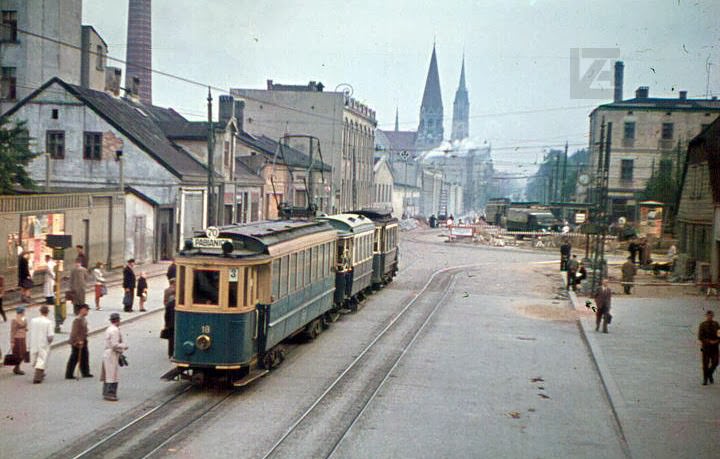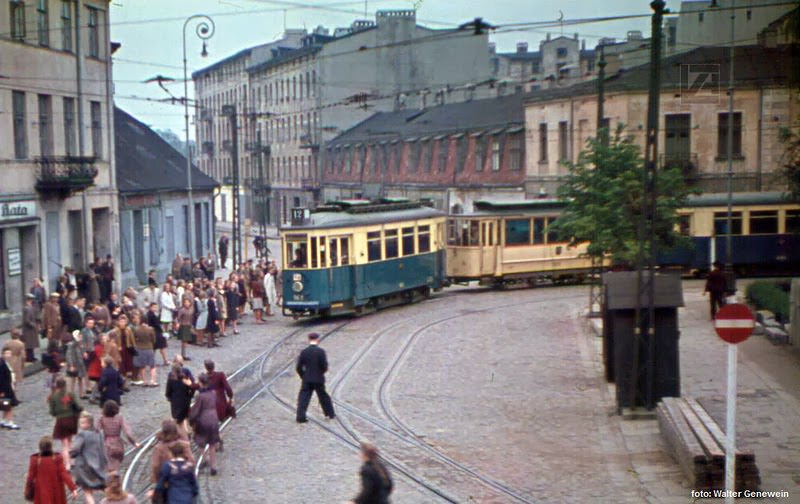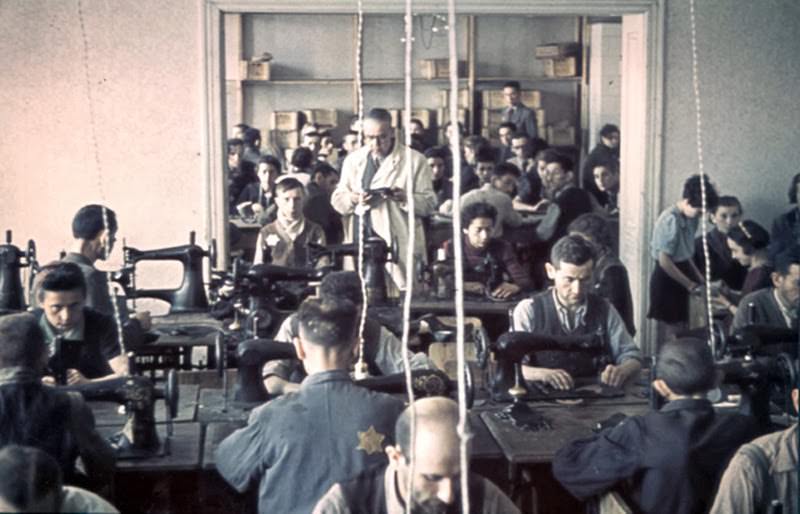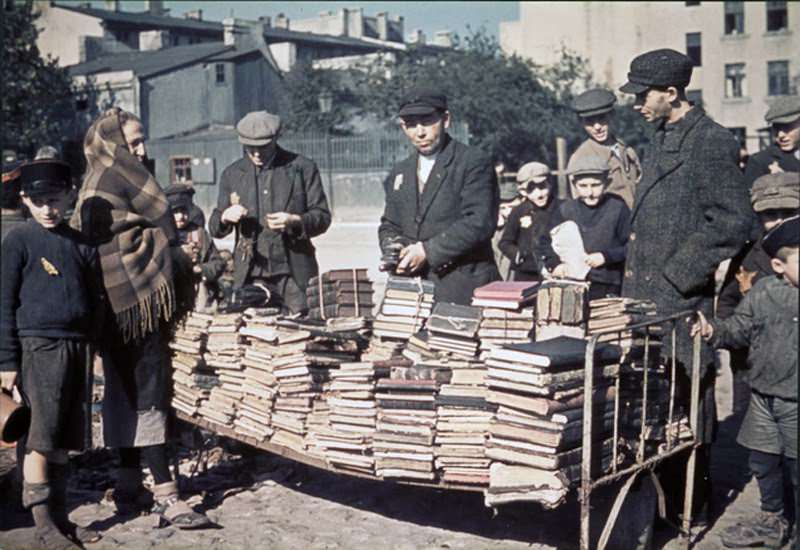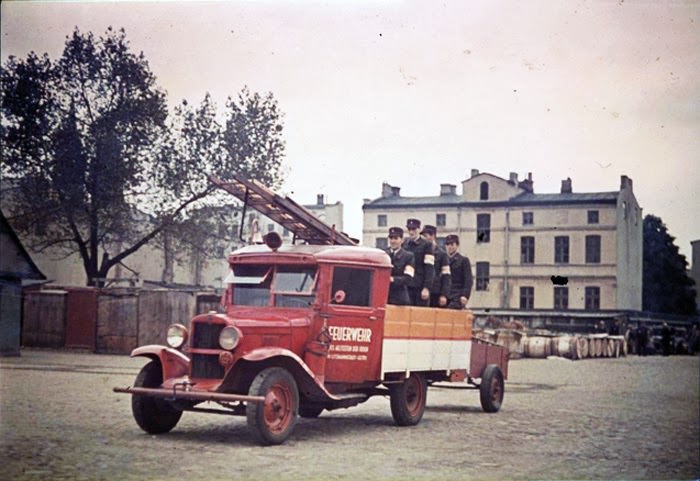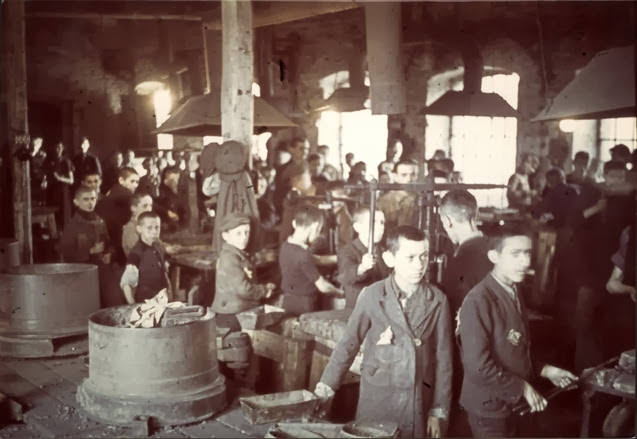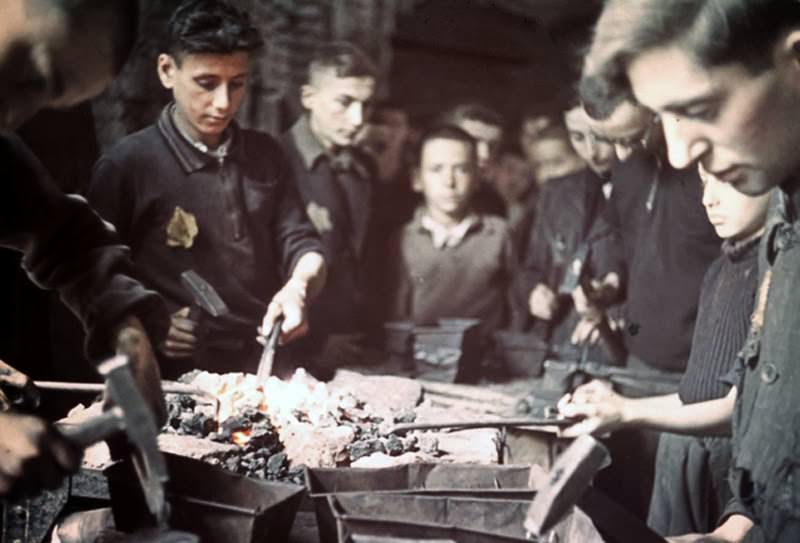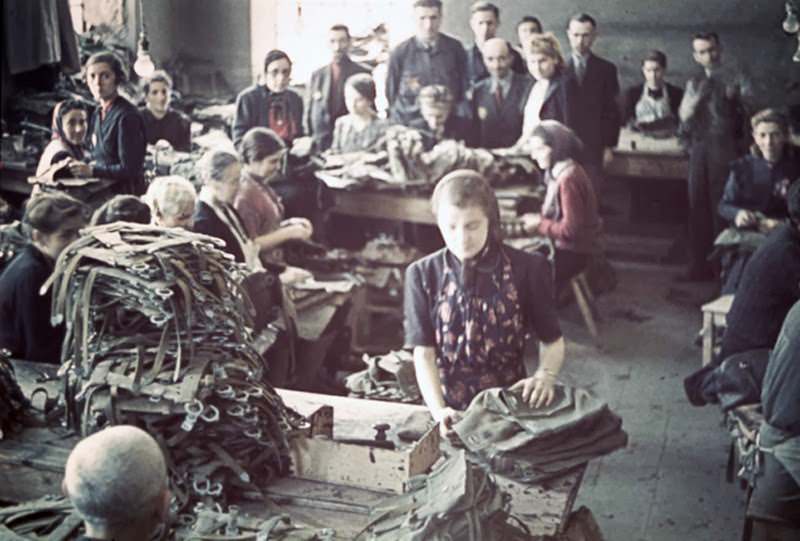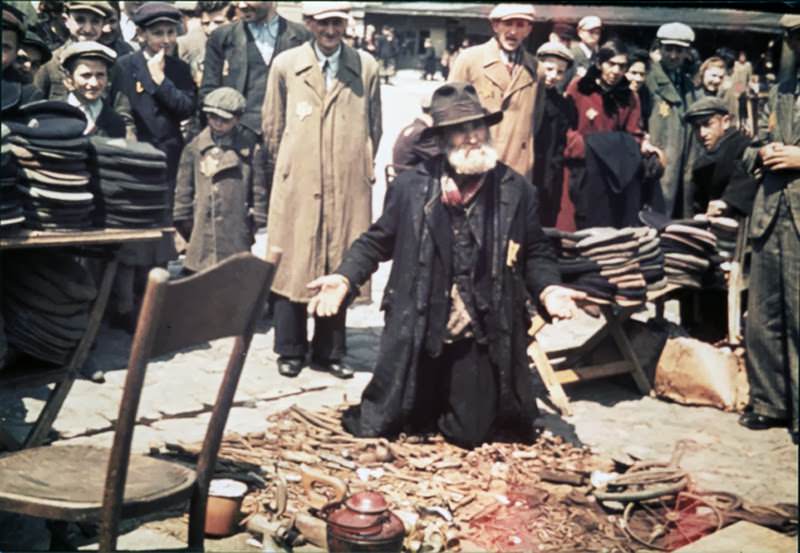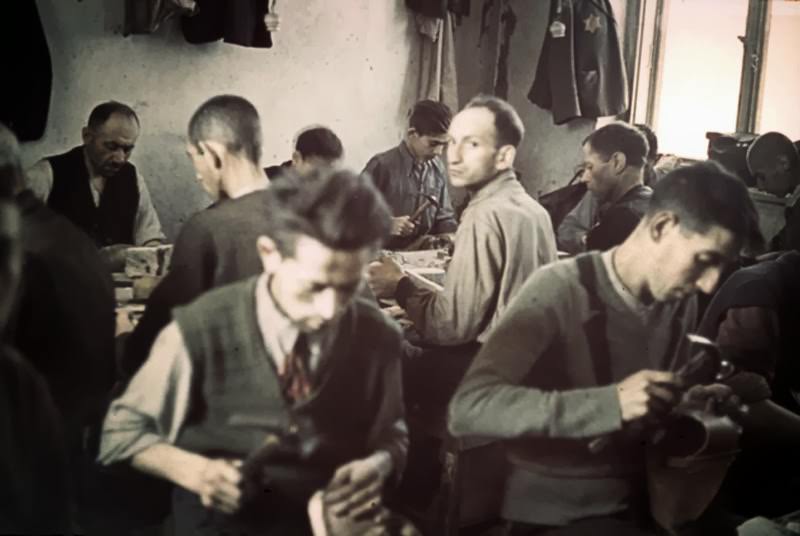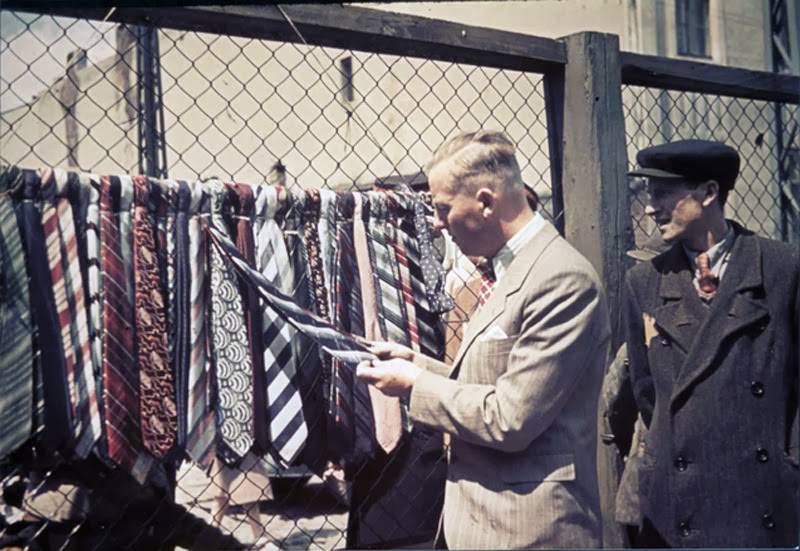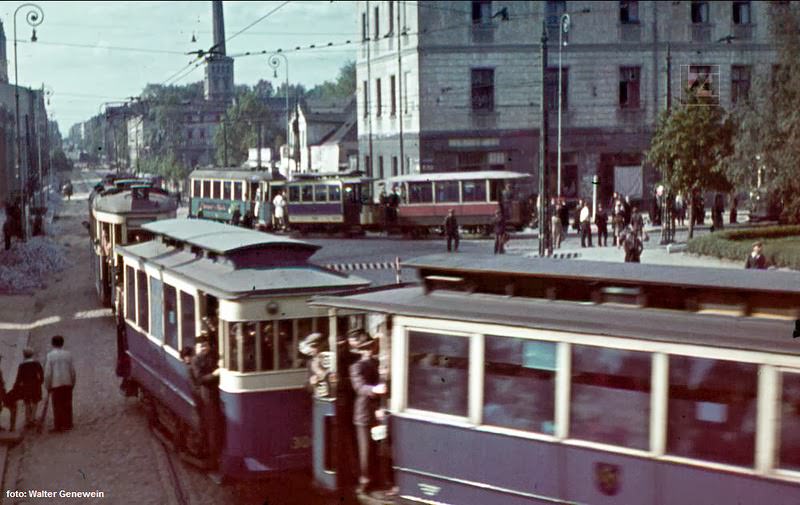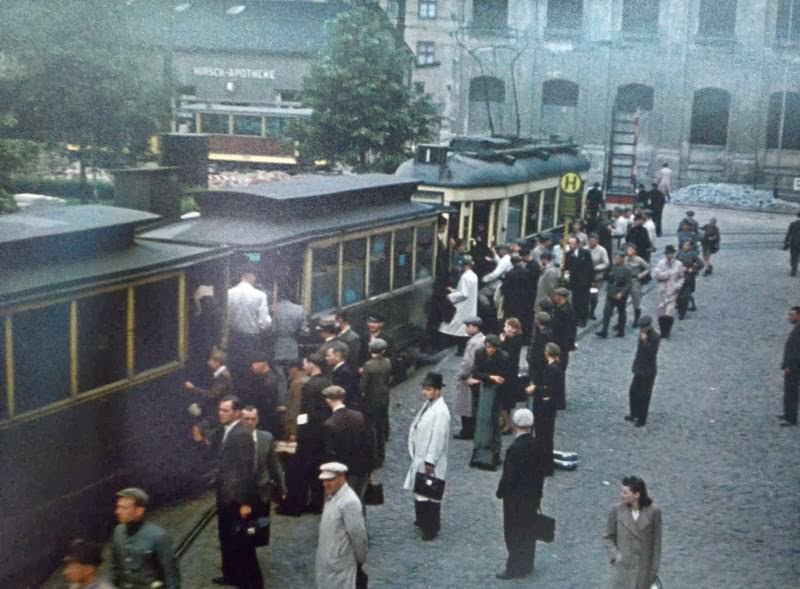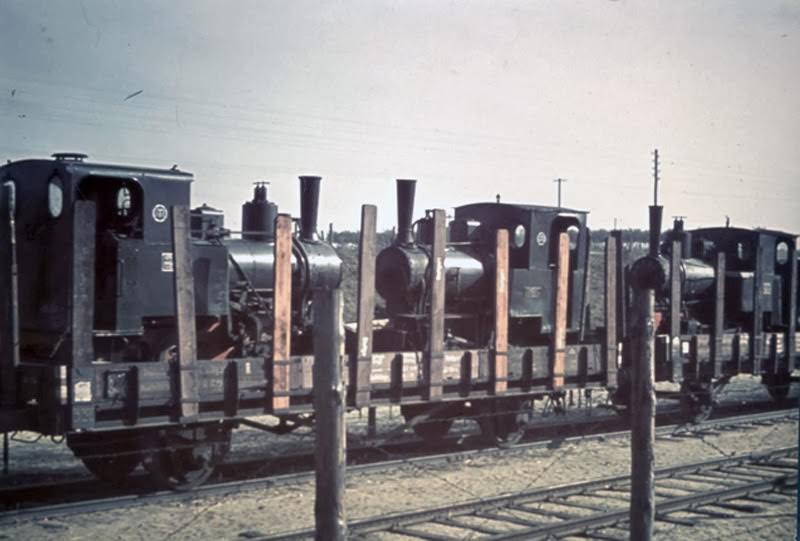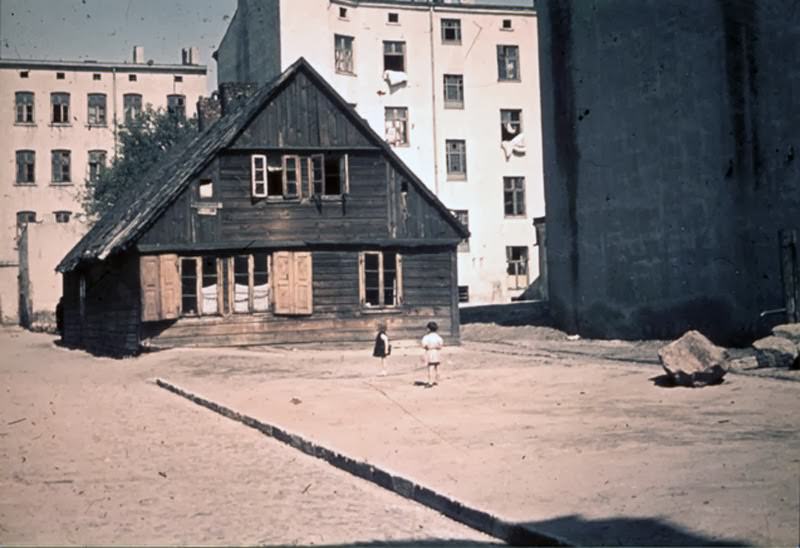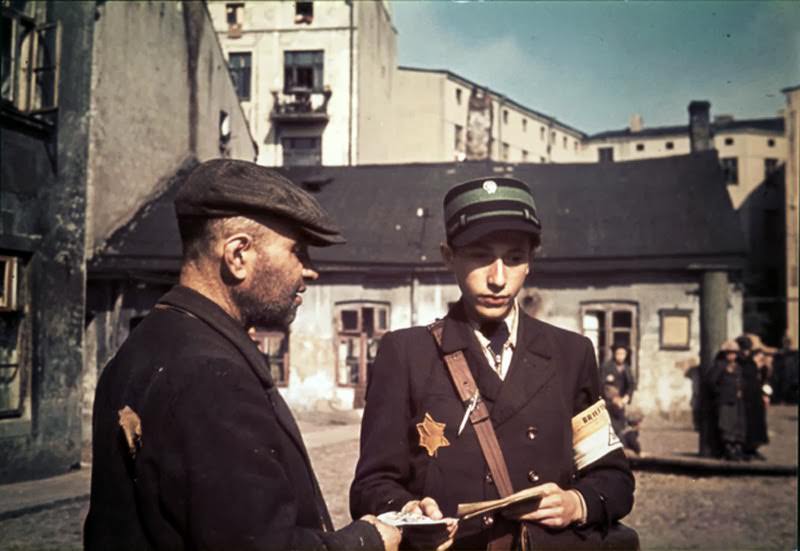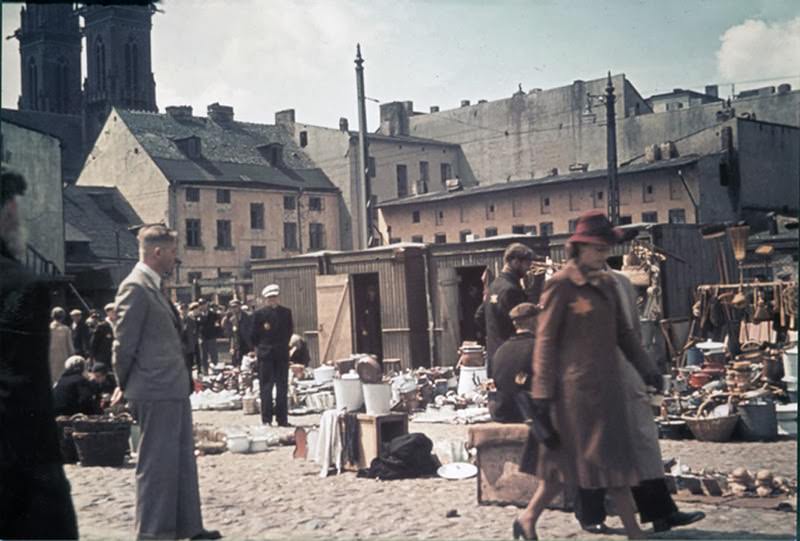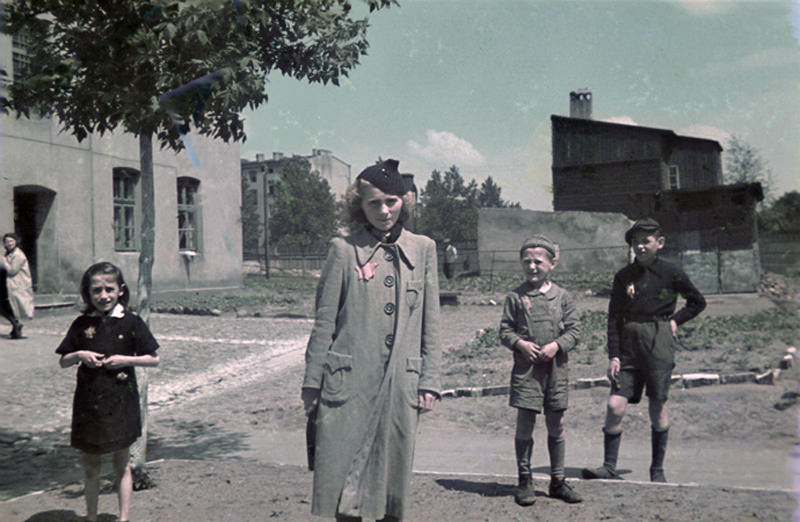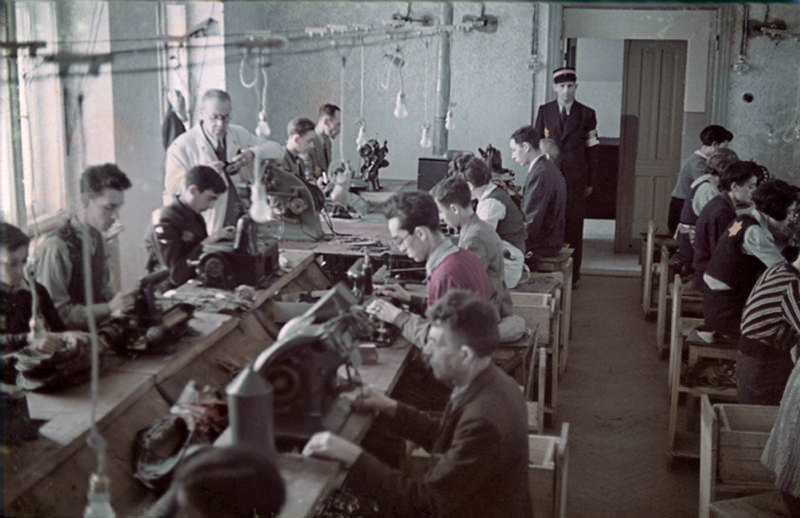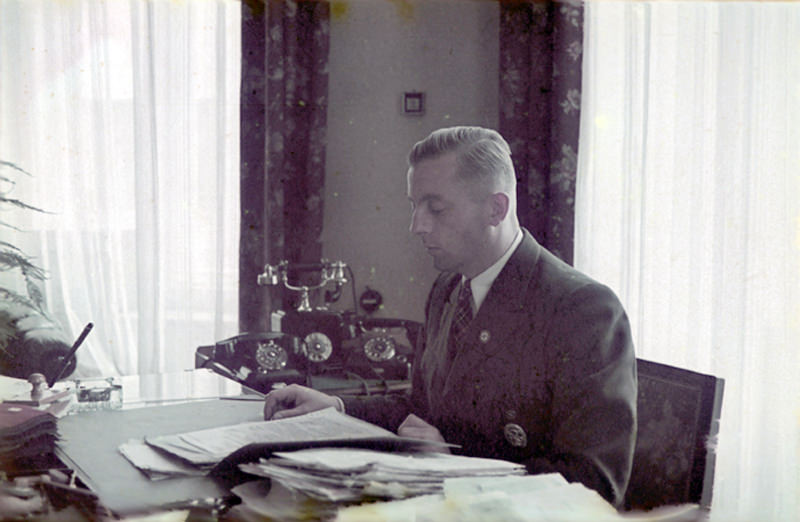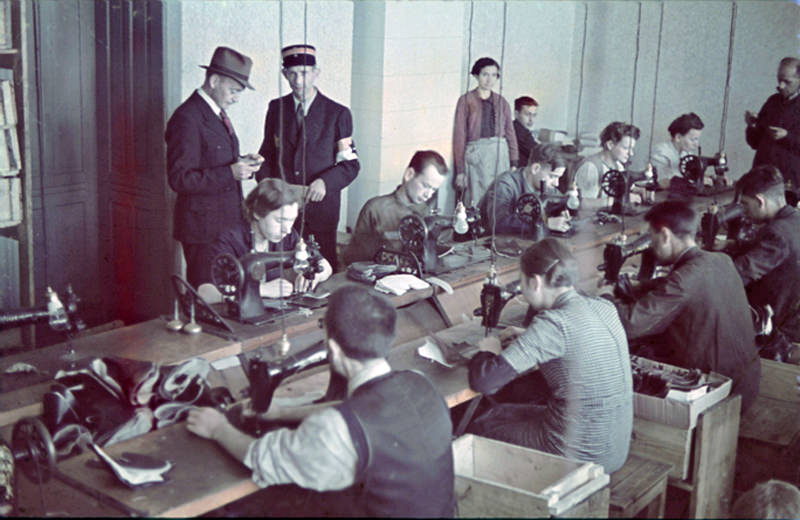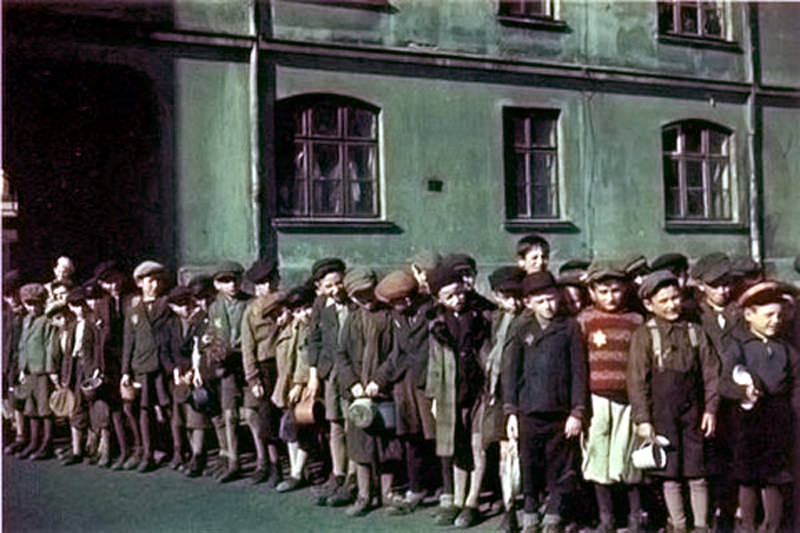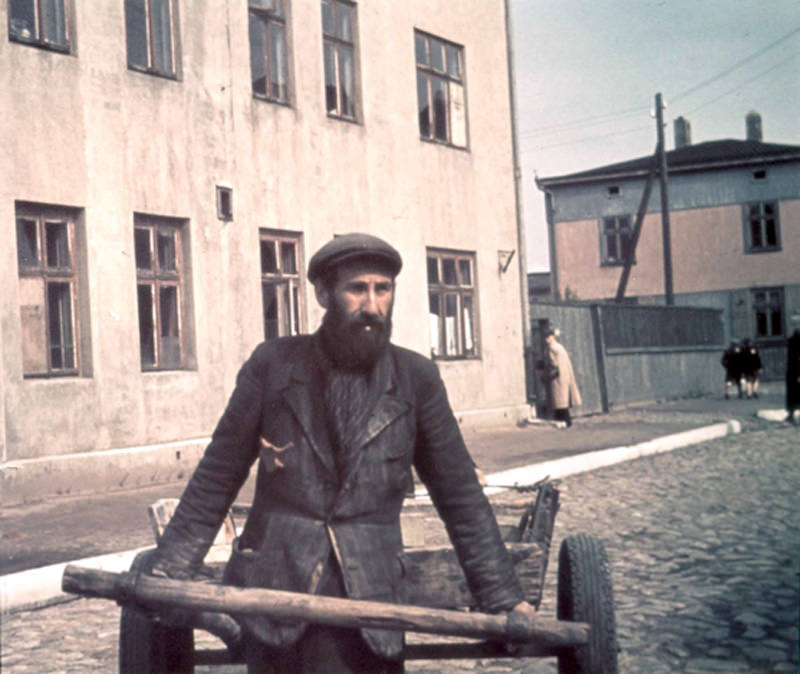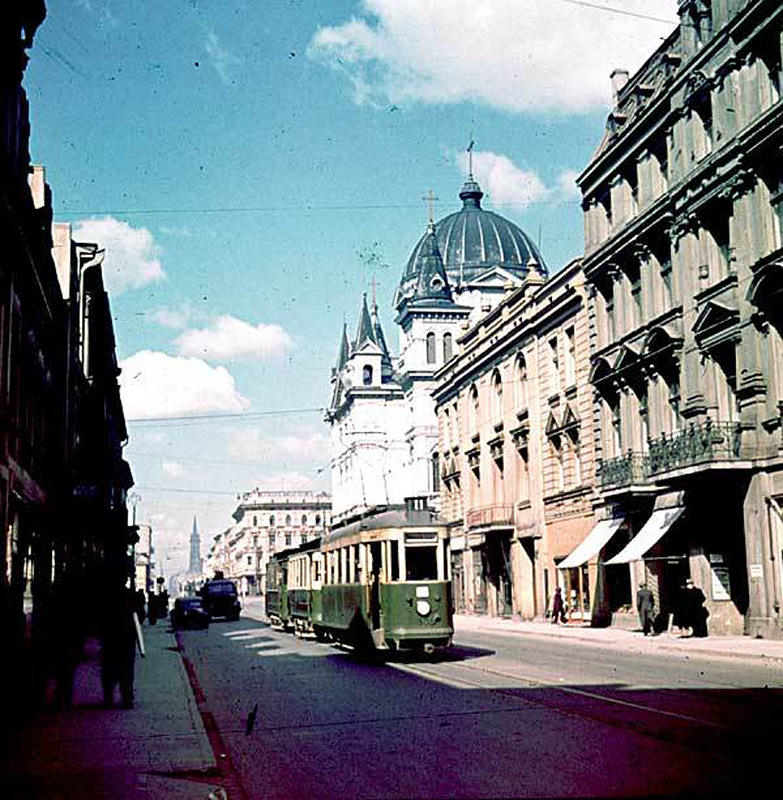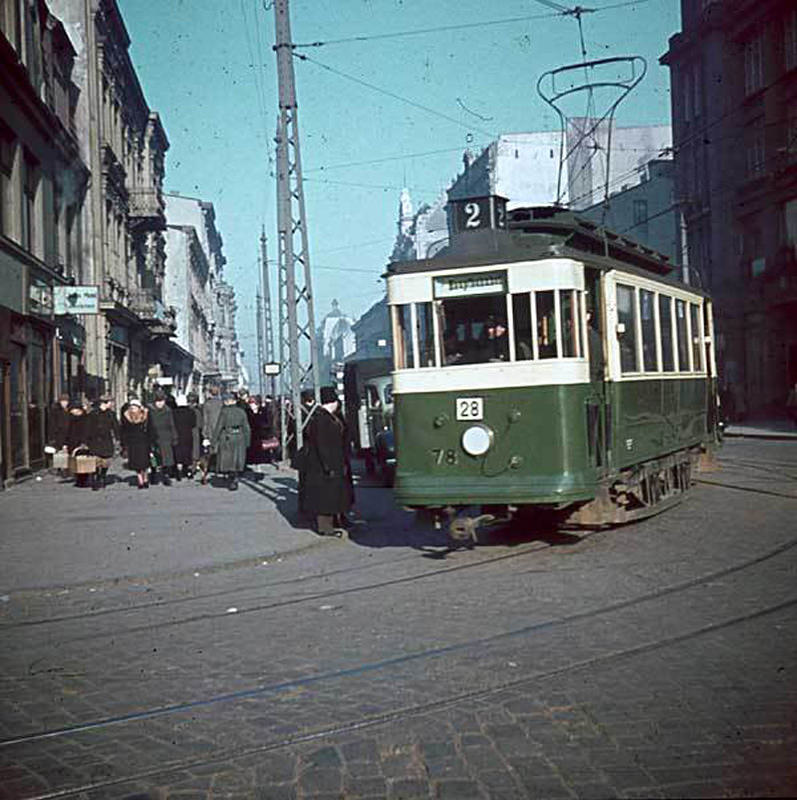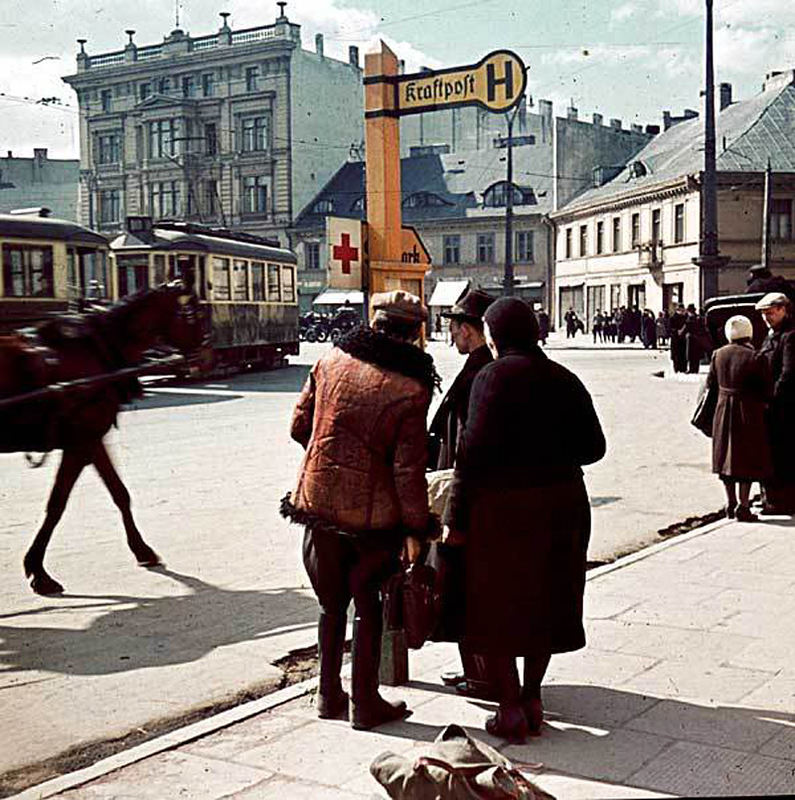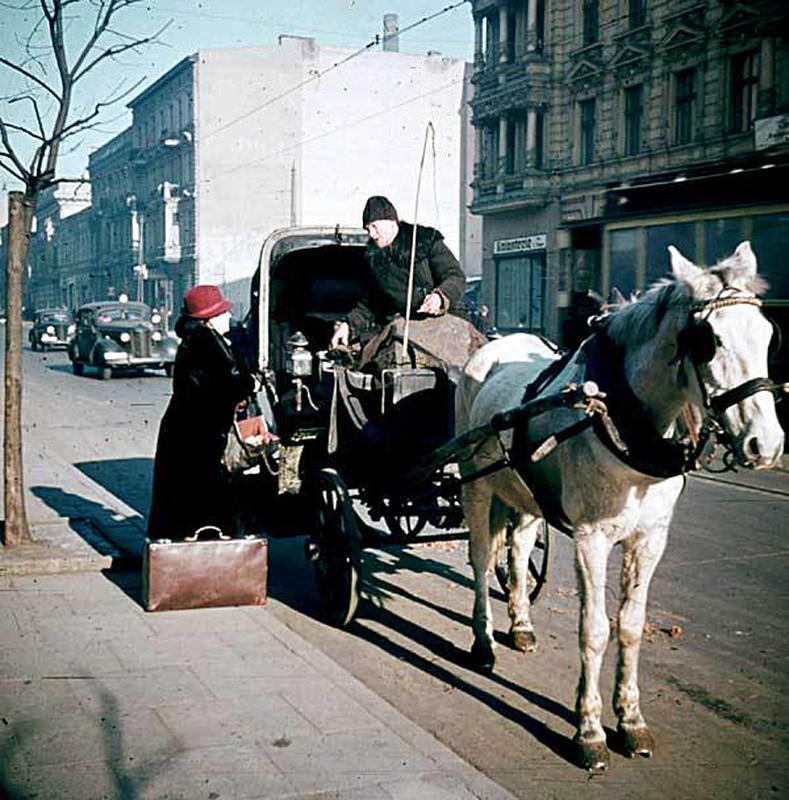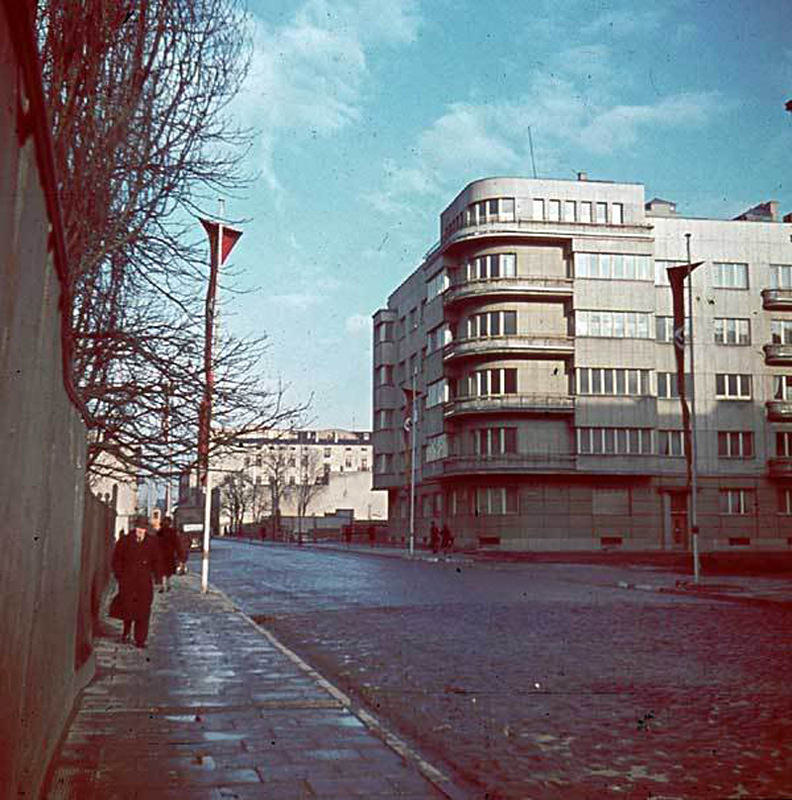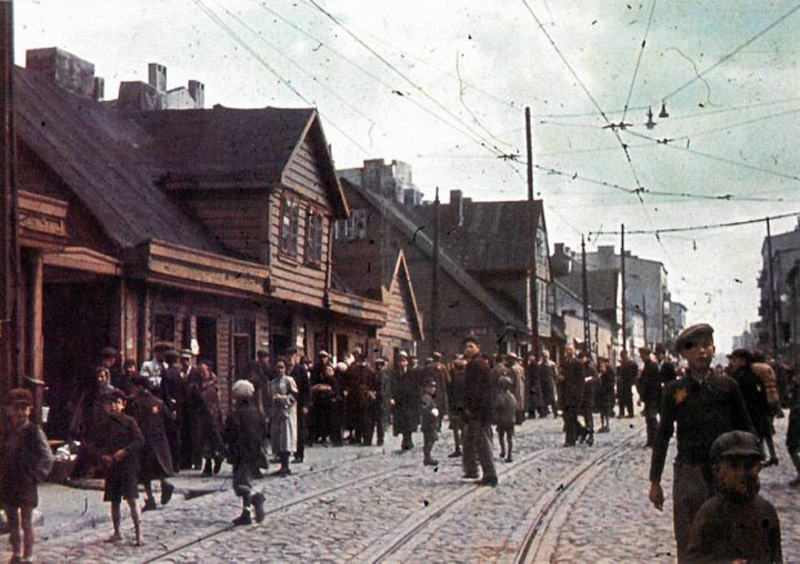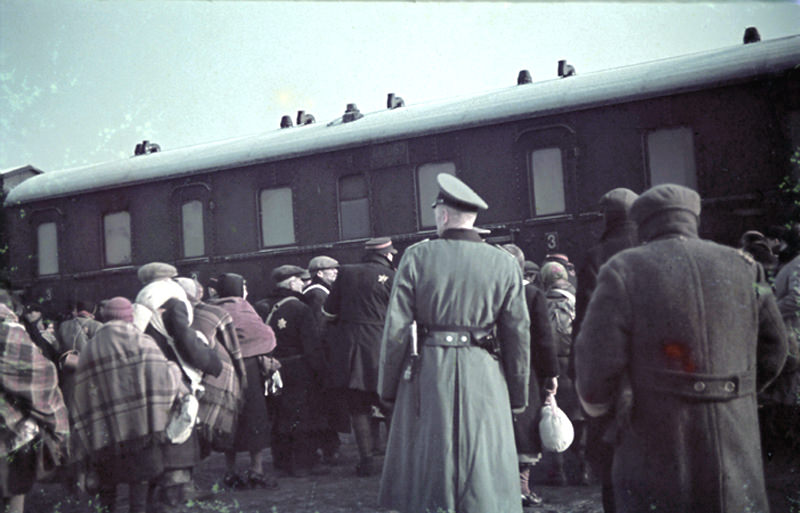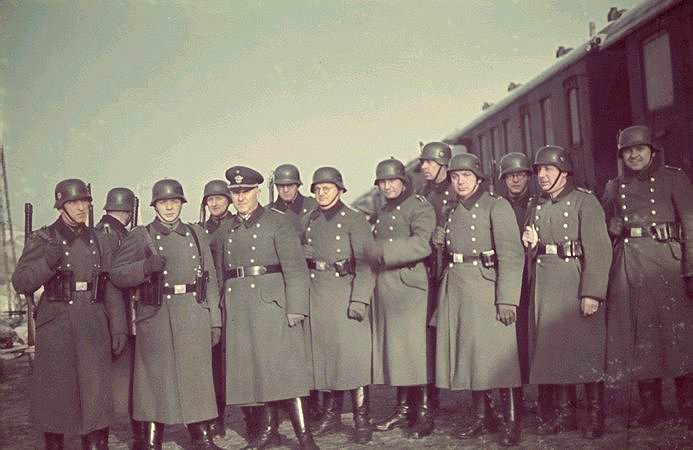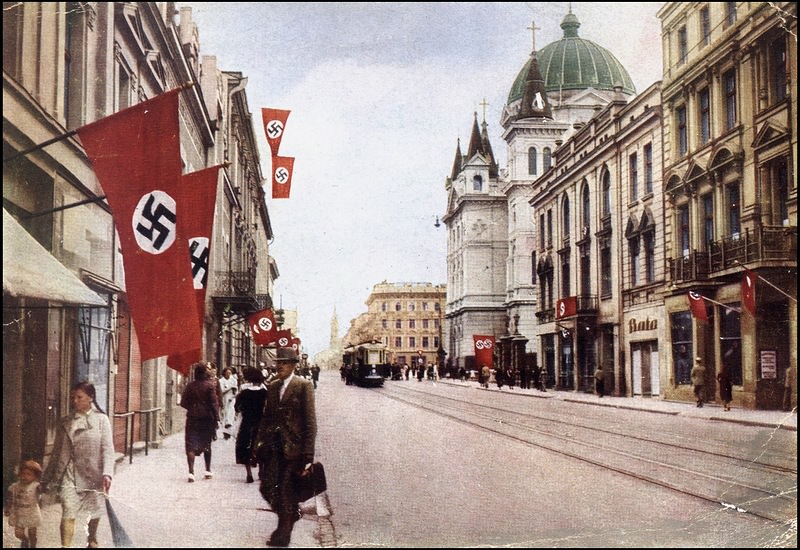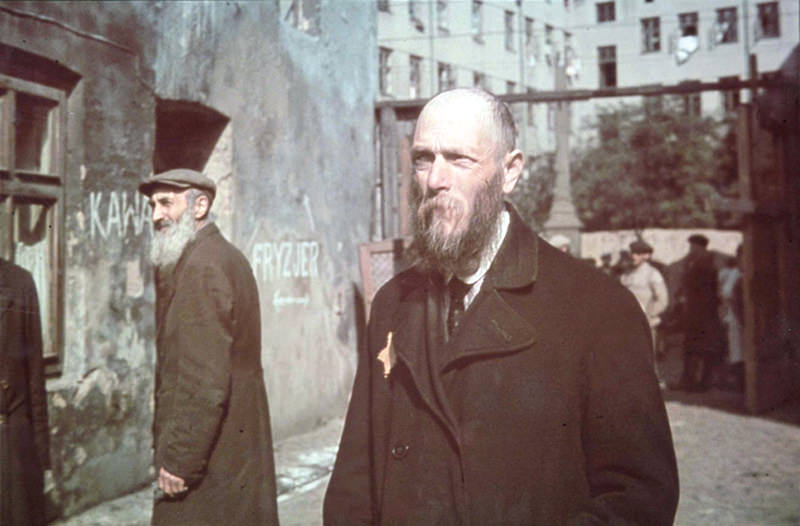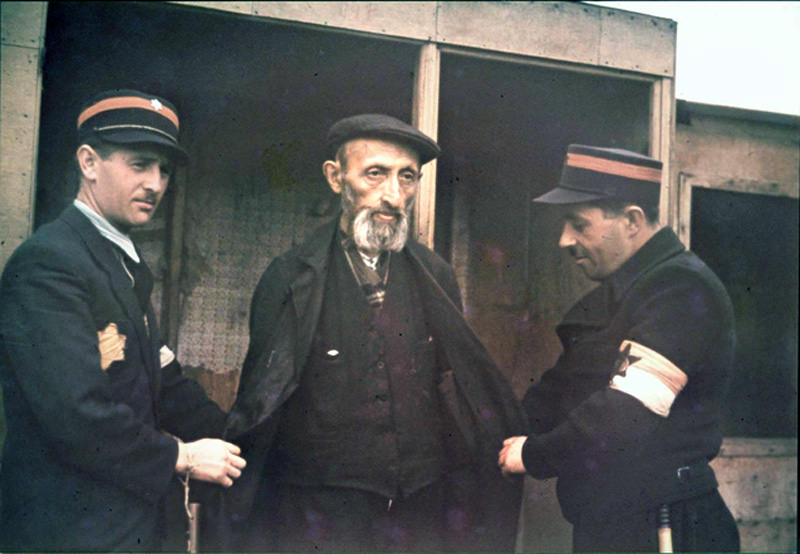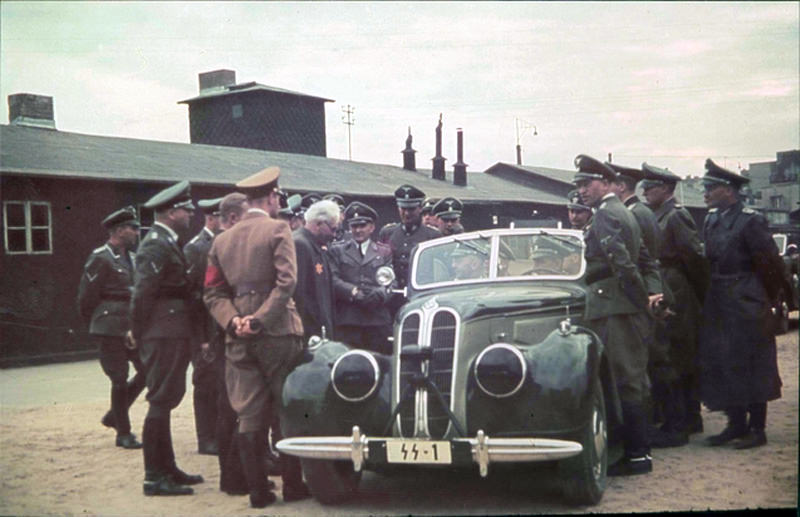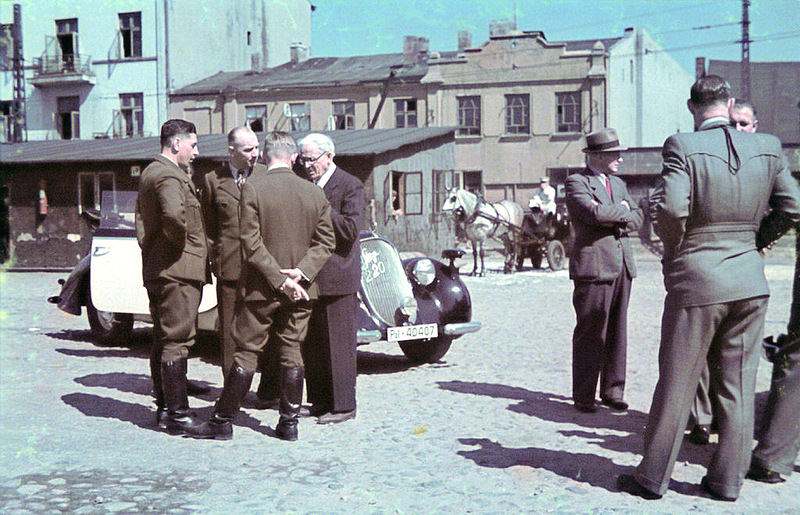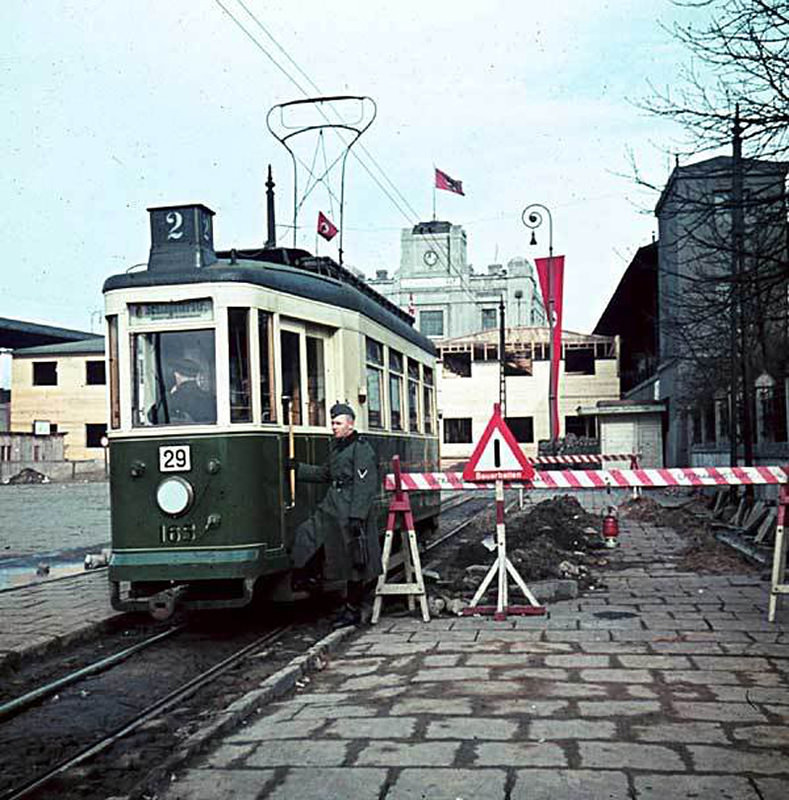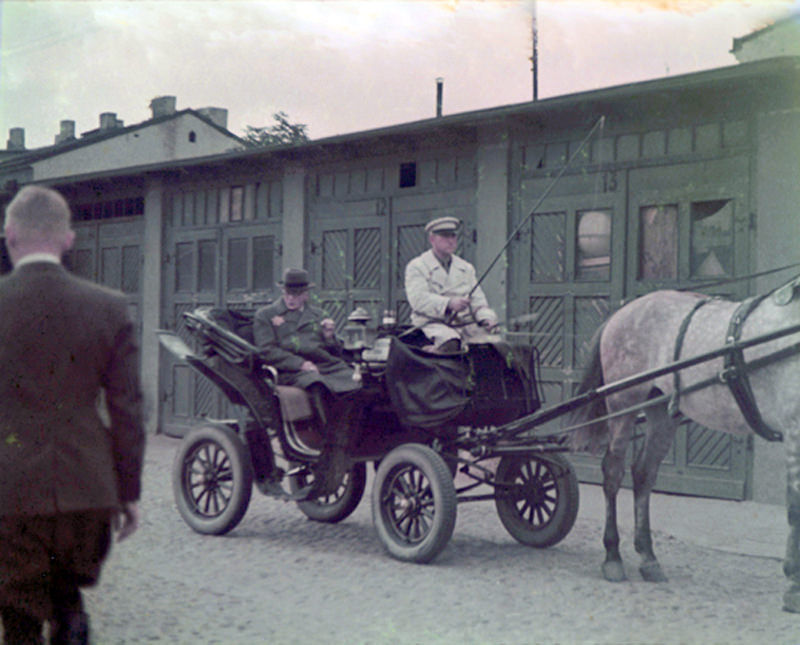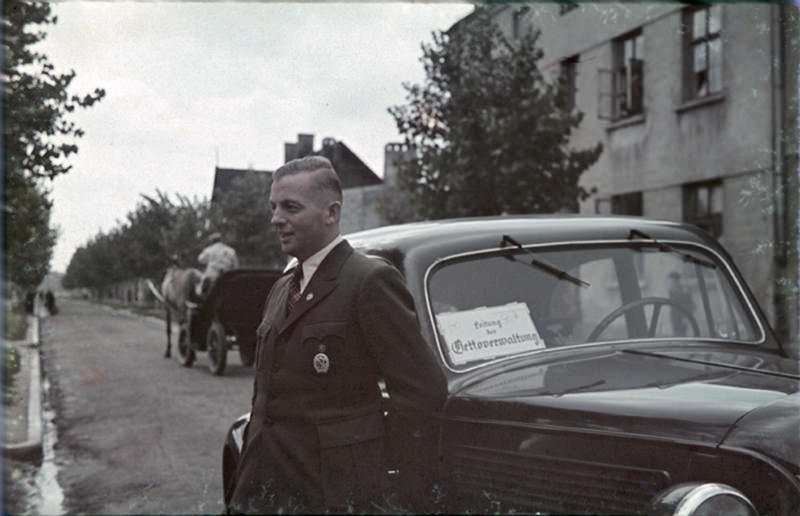During World War II, after invading Poland in 1939, the German Nazi regime forced many Polish Jews to live in specific, confined areas. These areas were called ghettos. The Lodz Ghetto, located in the city of Lodz, Poland, was one of the largest of these ghettos. It existed from 1940 until its liquidation in 1944. Life inside was incredibly difficult.
Before the war, Lodz had a large Jewish population. They were a vibrant part of the city’s culture and economy. When the Germans occupied Lodz, they quickly began to implement discriminatory policies against Jewish people. They were forced to move.
In early 1940, the Germans established the Lodz Ghetto. They forced Jews from Lodz and surrounding areas into a small, impoverished section of the city. The area was about 1.5 square miles. This area was fenced off with barbed wire and walls.
The Germans established a Jewish Council, known as the Judenrat, to administer the ghetto. The Judenrat was responsible for carrying out German orders. They had to organize housing, food distribution, and labor. They also were in charge of sanitation. The Judenrat was led by a man named Chaim Rumkowski, a controversial figure appointed by the Germans. He believed that by cooperating with the Germans, he could save some of the ghetto’s residents. He tried to maintain a semblance of order.


